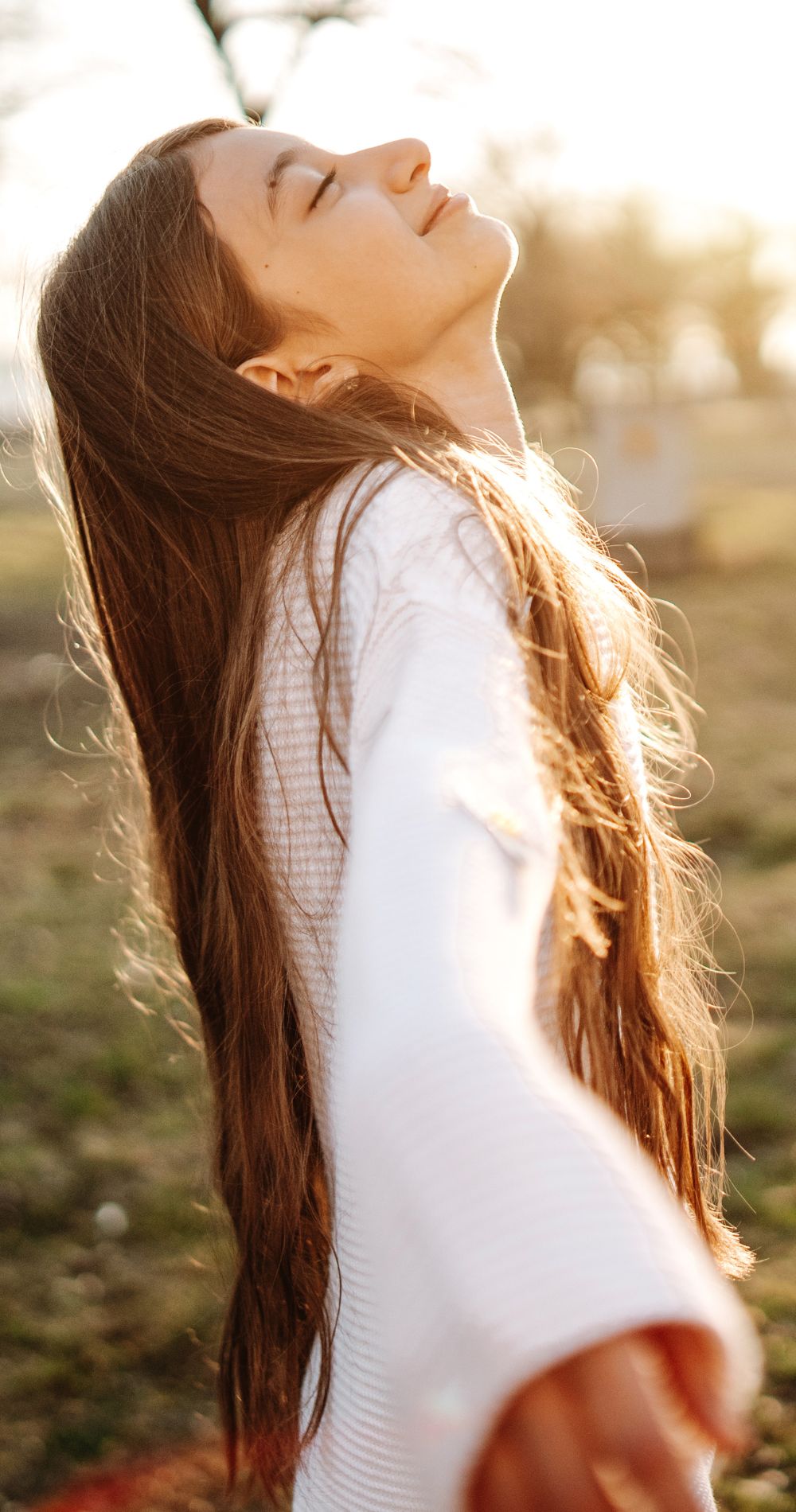July is UV
Safety Month
Overexposure to UV radiation can lead to serious health issues, including cancer. Skin cancer is the most common cancer in the United States.
Ultraviolet or UV Safety Month comes right in time for beach season. UV radiation comes from two types of rays – UVA and UVB. Both can cause cell damage to your skin’s top layer. While it has some benefits for people, including the creation of Vitamin D, it also can cause health risks, including skin cancer, which is now the most common cancer in the United States. UV Safety month is a reminder to take careful precautions to limit your UV exposure and risk of skin cancer.
What are UV Rays?
Although UVA and UVB rays can both harm skin and cause cancer, UVB rays are stronger and can lead to more damage. UVA causes aging, age spots, eye injury and cataracts, and genetic damage to your skin, while UVB is also responsible for sunburns, and is the main risk factor for melanoma. This is partly due to the fact that UVA rays have a longer wavelength and are not absorbed by the ozone layer, however, a majority of UVB rays are, and most don’t reach the earth’s surface. UVB rays contain more energy than UVA rays, so can damage the DNA in skin cells directly.
Sunburn is a sign of short-term overexposure, while premature signs of aging, like wrinkles, leathery skin, liver spots, actinic keratosis, and solar elastosis are side effects of prolonged UV exposure. Unprotected exposure to these rays can also affect your vision long-term.
Overexposure to UV radiation can lead to serious health issues, including cancer. Skin cancer is the most common cancer in the United States. The two most common types of skin cancer are basal cell cancer and squamous cell cancer. Typically, they form on the head, face, neck, hands, and arms because these body parts are the most exposed to UV radiation. Most cases of melanoma, the deadliest kind of skin cancer, are caused by exposure to UV radiation.
Where can you be exposed to UV Rays?
The most natural and abundant source of UV radiation is the sun. However, there are also artificial sources, including tanning beds, mercury vapor lighting (often found in stadiums and school gyms), and some types of lasers.
In the summer months, UV rays can be hard to avoid. Thankfully, the prevention methods are accessible. Most of the time, it’s as simple as limiting your time in the sun and using sunscreen. There are also environmental factors to help assess your risk.
UV exposure shifts changes with the season and time of day, as that affects how much of the sun is out
- Time of day: UV rays are strongest between 10 am and 4 pm.
- Season of the year: UV rays are stronger during the spring and summer months. This is less of a factor near the equator.
Your proximity to the equator and your altitude affect your UV exposure risk
- Distance from the equator (latitude): UV exposure goes down as you get farther from the equator.
- Altitude: More UV rays reach the ground at higher elevations.
The weather activity around you affects your UV exposure risk
- Clouds: The effect of clouds can vary, but what’s important to know is that UV rays can get through to the ground, even on a cloudy day.
- Contents of the air: Ozone in the upper atmosphere, for example, filters out some UV radiation.
How can you protect yourself from UV exposure?
A way that you can protect yourself without going to the doctor is a self-skin check. Learn how from the

